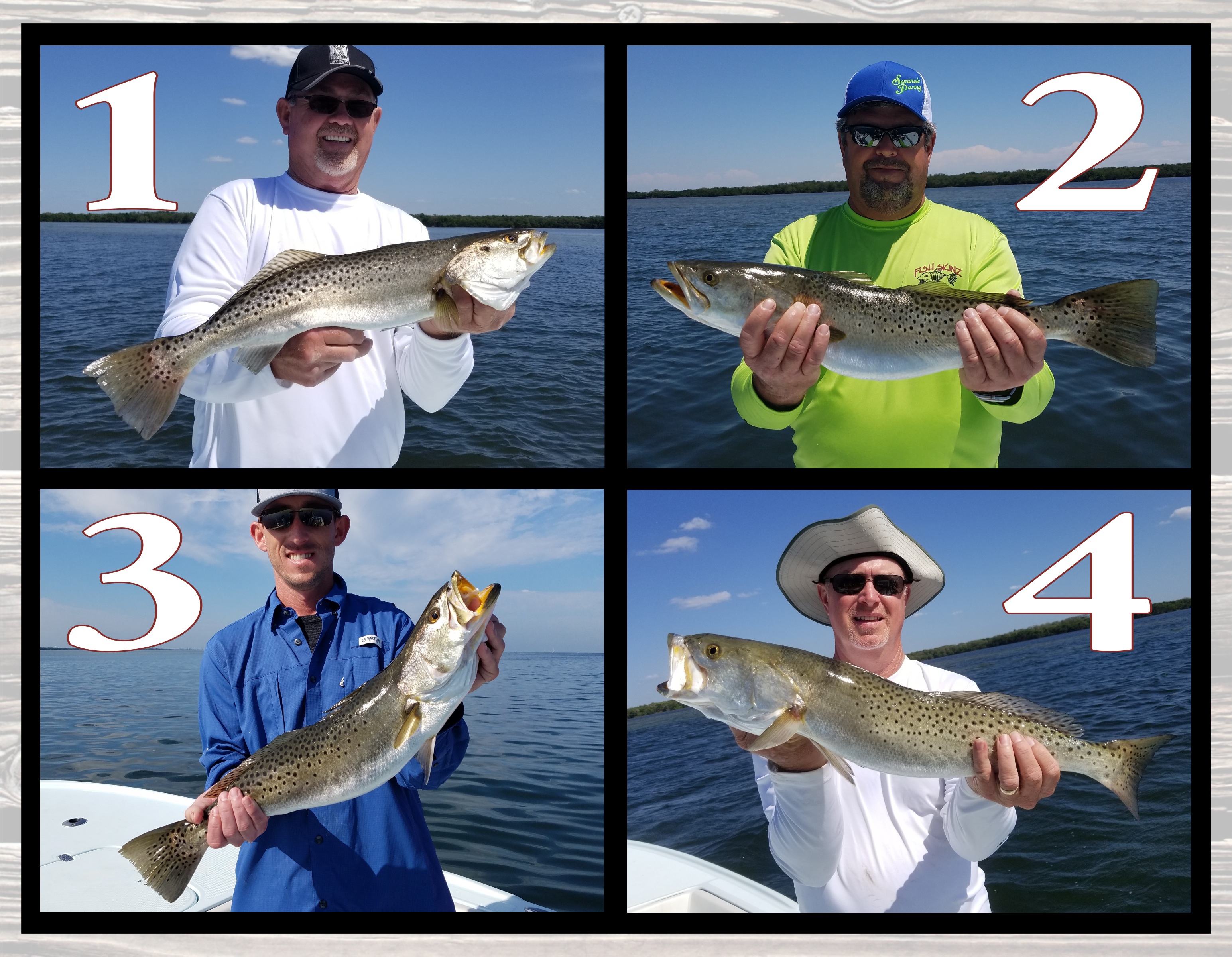Speckled Trout Slot Texas
On the saltwater front, redfish and speckled trout rule, along with, of course, your larger varieties of game fish. That said, it is not, in fact, the case that the Guadalupe River, which. Speckled trout are also known as spotted seatrout; the multiple black dots along their back explains the name. Winter months are a great time to fish for this inshore species, and anglers can keep any trout within the 15-25” slot limit. If you’re looking for larger trout, consider trying larger bait in deeper waters. Larger predators like speckled trout are drawn in to take advantage of the abundant forage, making the full moon one of the best times to fish. Big Live Bait Catches Big Trout. Although most speckled trout lures tend to be in the 3- to 4-inch range, don't be afraid to fish much larger live baits to catch the biggest speckled trout around. The current speckled trout fishery in Texas is under a slot limit, with fish between 15 and 25 inches being legal to keep. It should be noted that anglers also may keep one trout over 25 inches per day, which counts as part of the daily bag. White-winged dove hunting has become a ‘Texas thing’.

Locating speckled trout in the bays of the Texas Coastal Bend is relatively easy. They are widely distributed throughout the bay systems and tend to be aggressive feeders. The real challenge is identifying the habitat and finding populations of the size of speckled trout that you want and using the correct bait and location for that size fish during that season.
During warm spring and summer months, speckled trout will use the filtered light of the early morning and late afternoon to move into the shallow areas of grass flats, oyster reefs and grassy shorelines to ambush prey. Speckled trout are aggressively feeding at these times and good size catches are common.


Speckled Trout Slot Limit
As the day heats up and the sun gets more direct, speckled trout will slide off the shallow areas into deeper adjacent waters. Target deep cuts, drop offs to the bay along grassy shorelines and channels near flats or oyster reefs. Three to five feet of water is often productive. On cloudy days or more moderate temperatures, speckled trout may remain in the rich shallower waters for extended periods.
Speckled Trout Slot Texas State

During colder months, especially following a significant drop in temperatures due to a cold front, speckled trout will move into deep holes such as harbors, channels and estuarial rivers or out to the Gulf of Mexico to help regulate their body temperature. These cold “snaps” funnel a large population of speckled trout that are normally distributed over large bays systems into a limited number of deep water refuges and can create an opportunity for fast action.
In large open water systems, speckled trout will gather around whatever structure is offered. A good example of this is the shell pads under old gas wells in Corpus Christi Bay and the open water oyster reefs of Aransas Bay.
Nature also gives us a couple of signs that trout are actively feeding. Looking for birds that are “working” and finding “slicks” in the water are both productive, especially in open water. When trout are schooled up and feeding, they will push bait to the top of the water. Sea gulls and other birds will circle above the frenzy and dive into the water to attack the bait fish from above giving a signal to anglers that can be seen from great distances.
“Slicks” are formed on the top of the water when trout are feeding. During an excited state, such as a feeding frenzy, speckled trout will often regurgitate, spilling partially digested fish and oils into the water. These oils will float to the top of the water, creating a noticeable slick film. An experienced Coastal Bend angler can not only see the slicks, they can actually smell when trout are around!

|